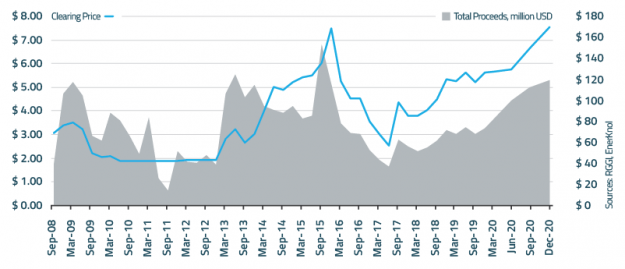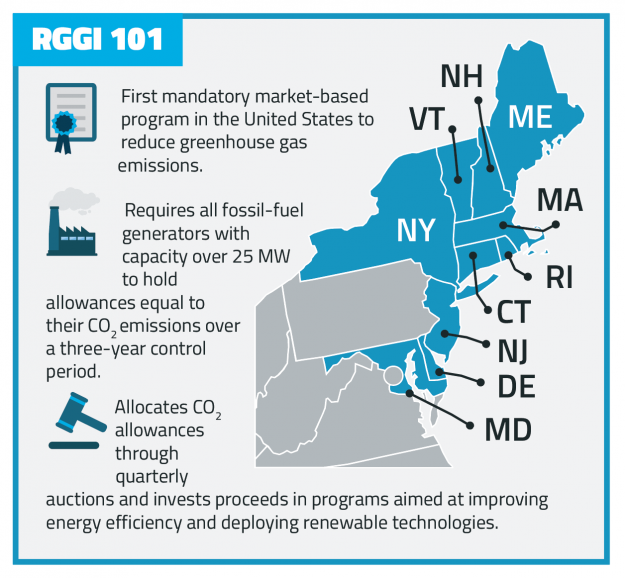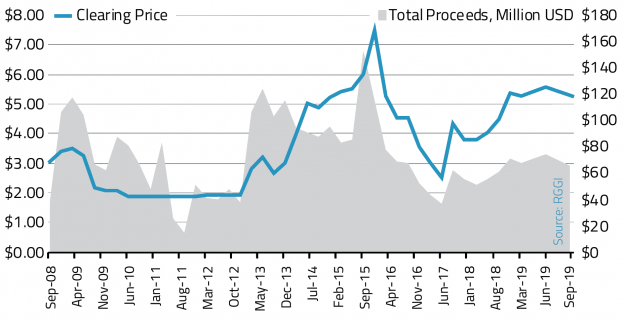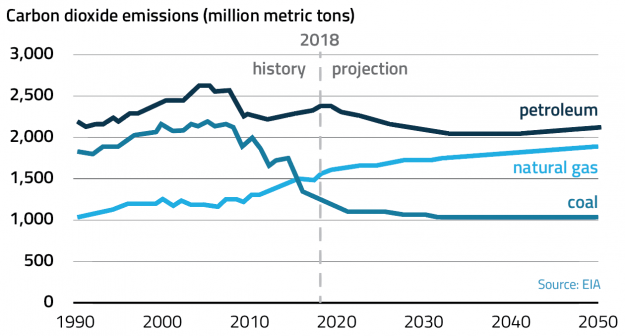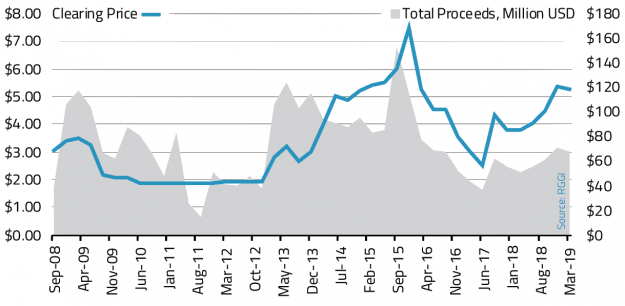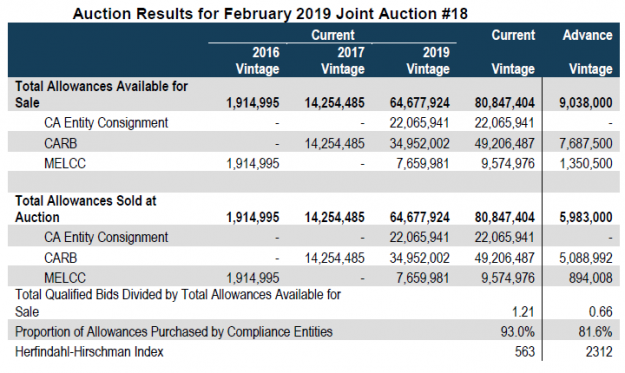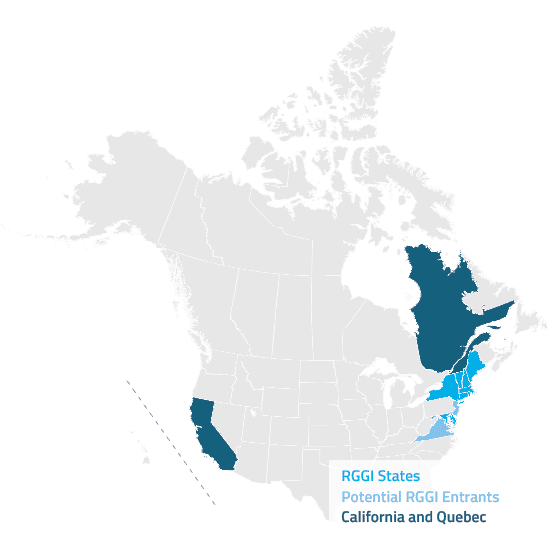Visual Primer: Northeastern Regional Carbon Market Gets A Boost With New Members
The Regional Greenhouse Gas Initiative (RGGI), which established the nation's first mandatory emissions-trading program, received a further boost as Virginia finalized regulations to become its eleventh member and Pennsylvania, the third largest coal-producing state, adopted draft regulations to join the program, following New Jersey’s re-entry after a decade.
